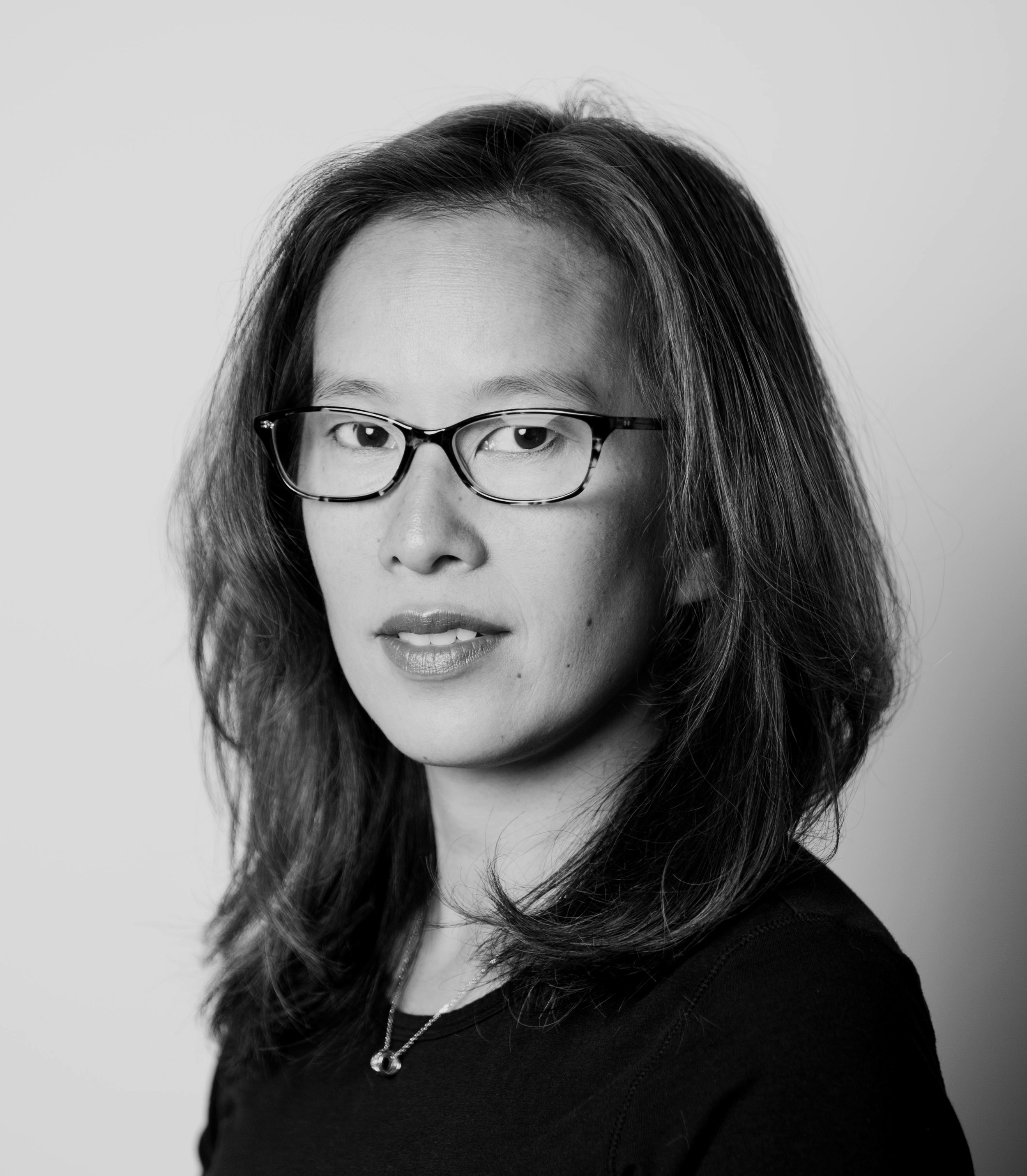Annie Campbell is the co-founder of Now Medical Studios.
From one to many: Strategies for turning your freelance career into a studio team
Stepping out of your comfort zone and turning a freelance career into a company may seem daunting but it’s not impossible. In this talk, Annie Campbell outlines her transition from a company of one to growing a team of medical illustrators and animators with her business partner Emily Holden at Now Medical Studios. Here she shares some key points in her company’s growth and touches on strategies and pitfalls to avoid if you too want to embark on a similar journey.
Date and Time:
Friday, March 17, 2023
2:00 p.m. to 3:00 p.m. ET
One-hour presentation including Q&A.
Register here: https://www.eventbrite.ca/e/2023-bmc-speaker-series-stepping-forward-tickets-577943032167
2023 BMC Speaker Series 2023 full program: https://bmc.med.utoronto.ca/news-events/2023/01/30/bmc-speakers-2023
Annie Campbell is the co-founder of Now Medical Studios—a multidisciplinary studio based in Scotland with global clients like Gore, Under Armour, and Scientific American. Her experiences as art director, project manager and multimedia artist for various clients across the US and Europe has provided her with a broad range of skills and expertise that she instils in her talented team.
Annie firmly believes in lifelong learning and sharing. One of her passions is sharing the business of medical illustration with younger artists embarking into the field. As part of this endeavour, she and Emily founded their learning channel Learn Medical Art to bring the world of medical illustration to a wider audience.
Company Website: https://www.nowmedicalstudios.com/
Company Instagram: https://www.instagram.com/nowmedstudios/
Learn Medical Art Website: https://www.learnmedical.art/
Learn Medical Art Instagram: https://www.instagram.com/learnmedicalart/
Learn Medical Art YouTube: https://www.youtube.com/channel/UC5LP6_qXxHox_n2UtG1mOpg
Personal Instagram: https://www.instagram.com/camp_illustrate/
Personal YouTube: https://www.youtube.com/channel/UCSD25ph5W6C2cMr0dS8rw-Q











